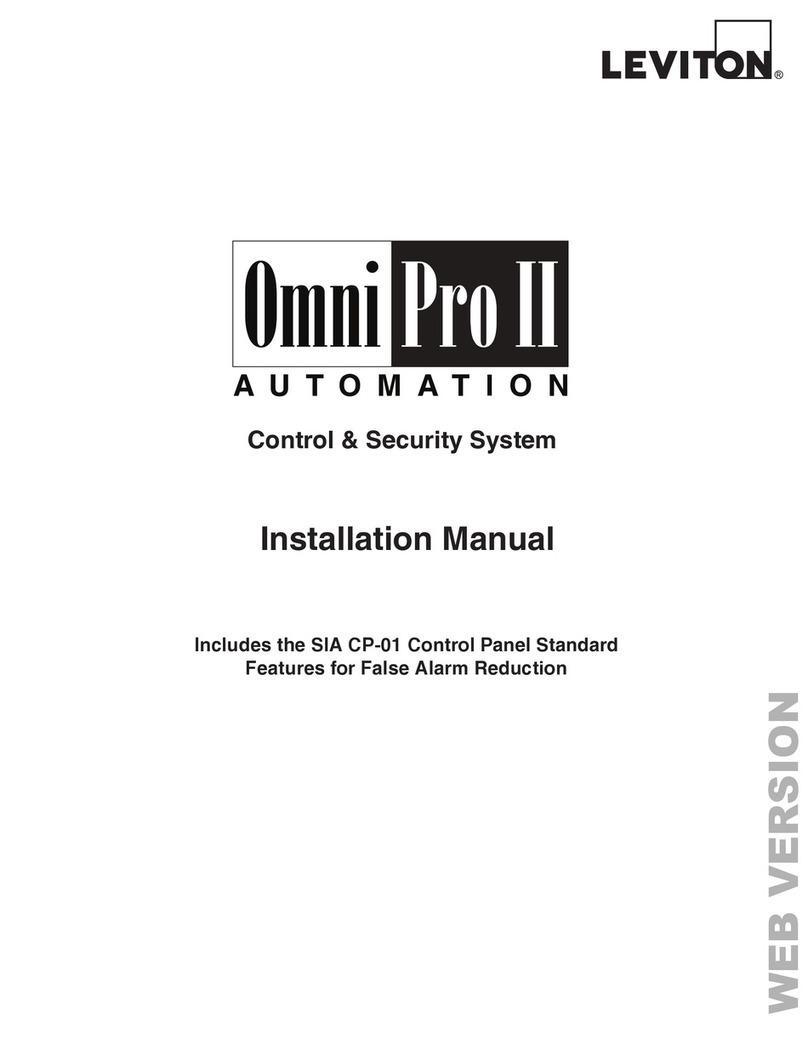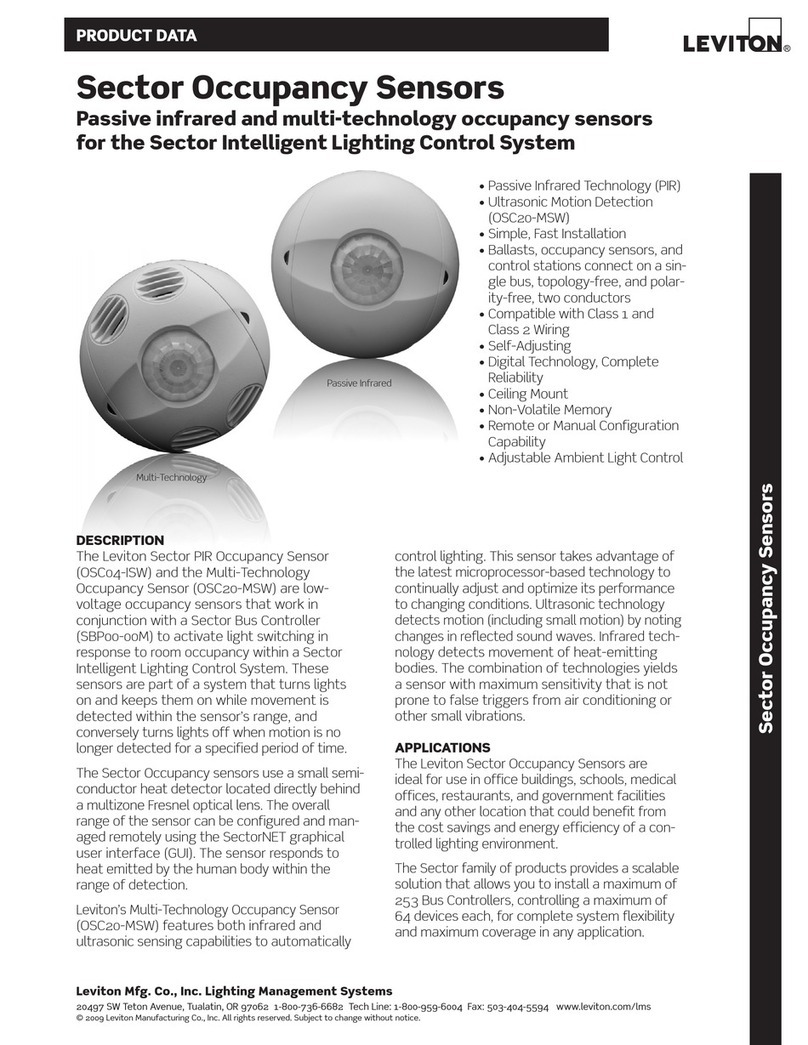DIGITAL COMMUNICATOR ......................................................................................................... 33
DESCRIPTION OF CONTACT ID................................................................................................................................. 33
DESCRIPTION OF 4/2 FORMAT.................................................................................................................................. 34
3/1 FORMAT ................................................................................................................................................................. 34
OPENING AND CLOSING REPORTS ......................................................................................................................... 34
INSTALLER SETUP...................................................................................................................... 35
SETUP CONTROL........................................................................................................................................................ 35
X-10 HOUSE CODE............................................................................................................................................... 35
UPB NETWORK ID ................................................................................................................................................ 35
X-10 3-PHASE ....................................................................................................................................................... 36
UPB Transmit Count .............................................................................................................................................. 36
OUTPUT TYPES.................................................................................................................................................... 37
Z-WAVE NODE ID ................................................................................................................................................. 38
SETUP ZONES ............................................................................................................................................................. 38
WIRELESS RECEIVER ......................................................................................................................................... 38
ZONE RESISTORS................................................................................................................................................ 38
ZONE RESPONSE TIME....................................................................................................................................... 39
ZONE TYPES......................................................................................................................................................... 39
LATCHING ZONE TYPES ..................................................................................................................................... 40
DESCRIPTION OF ZONE TYPES ......................................................................................................................... 40
SETUP DIGITAL COMMUNICATOR............................................................................................................................ 43
FIRST PHONE NUMBER, FIRST ACCOUNT NUMBER....................................................................................... 43
COMMUNICATOR TYPE....................................................................................................................................... 43
TWO-WAY AUDIO ................................................................................................................................................. 44
REPORT OPEN/CLOSE ........................................................................................................................................ 44
REPORT BYPASS / RESTORE............................................................................................................................. 44
AC Fail Report Time............................................................................................................................................... 44
AUTOMATIC TEST TIME ...................................................................................................................................... 44
ALARM CODES (4/2 and 3/1 Formats).................................................................................................................. 45
SETUP TEMPERATURES............................................................................................................................................ 45
TEMPERATURE DISPLAY .................................................................................................................................... 45
THERMOSTAT TYPE ............................................................................................................................................ 45
Z-WAVE THERMOSTAT NODE ID........................................................................................................................ 46
SETUP MISCELLANEOUS .......................................................................................................................................... 46
INSTALLER CODE ................................................................................................................................................ 46
ENABLE PC ACCESS ........................................................................................................................................... 46
PC ACCESS CODE ............................................................................................................................................... 47
CALL BACK PHONE NUMBER ............................................................................................................................. 47
OUTSIDE SIREN DELAY....................................................................................................................................... 47
DIAL OUT DELAY .................................................................................................................................................. 47
ALARM RESET TIME ............................................................................................................................................ 47
ARMING CONFIRMATION .................................................................................................................................... 48
FIRE ALARM VERIFICATION................................................................................................................................ 48
SUPERVISE INT SNDR......................................................................................................................................... 48
SUPERVISE EXT SNDR........................................................................................................................................ 49
ENABLE EMERGENCY KEYS .............................................................................................................................. 49
TIME DISPLAY....................................................................................................................................................... 49
DATE DISPLAY...................................................................................................................................................... 49
AC POWER FREQUENCY .................................................................................................................................... 49
DEAD LINE DETECT ............................................................................................................................................. 49
OFF HOOK DETECT ............................................................................................................................................. 49
PICKUP AFTER HANGUP..................................................................................................................................... 50
CLOCK ADJUSTMENT.......................................................................................................................................... 50
MODEL AND SOFTWARE VERSION ................................................................................................................... 50
RESET SYSTEM EEPROM ................................................................................................................................... 50
RESET SYSTEM RAM........................................................................................................................................... 50
ETHERNET MAC ADDRESS................................................................................................................................. 50































